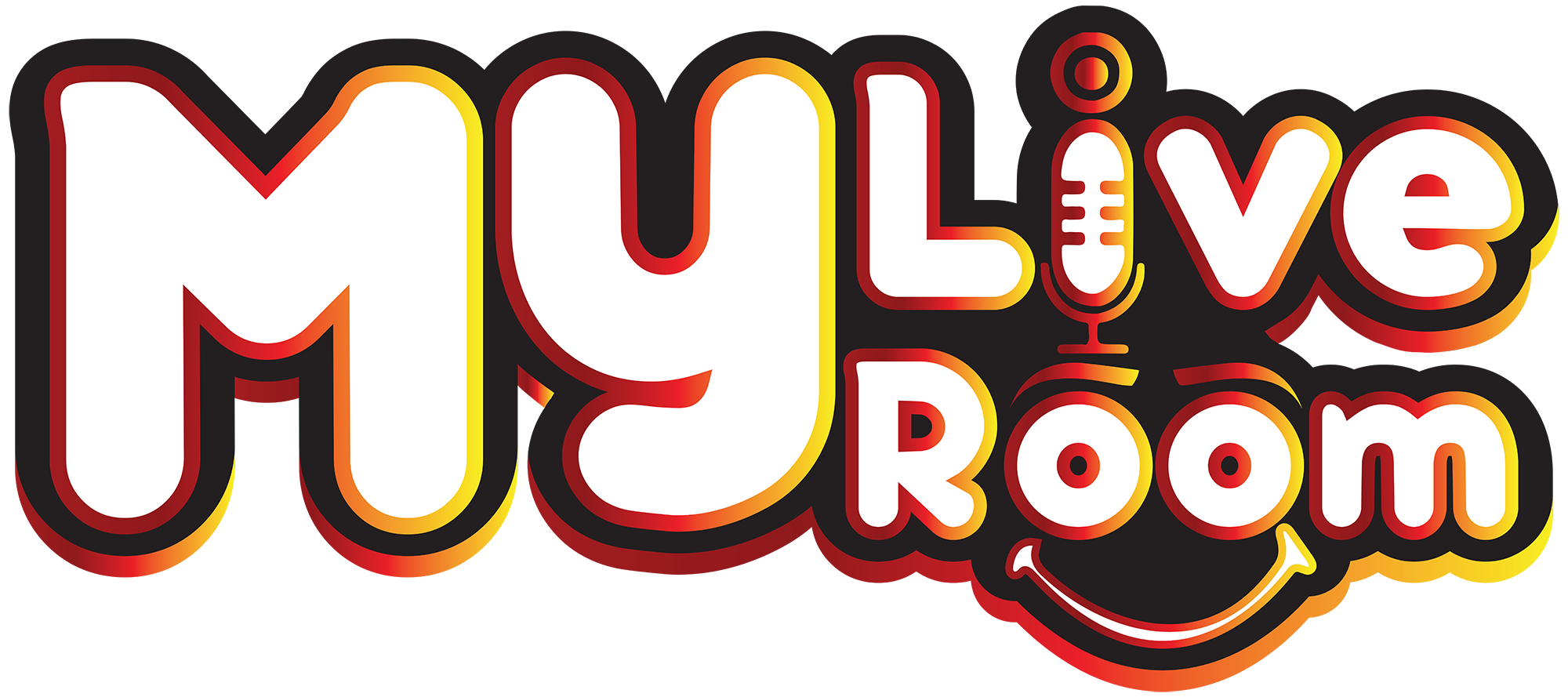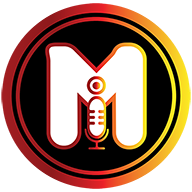Fiber Laser Marking Machine
Fiber Laser Marking Machine: A Complete Guide
In the evolving landscape of industrial manufacturing and product identification, Fiber Laser Marking Machine have carved out a pivotal role. Known for their precision, speed, and permanence, these machines are revolutionizing how manufacturers mark, trace, and label their products. This article explores fiber laser marking machines in detail — from how they work to their advantages, applications, and future trends.
What is a Fiber Laser Marking Machine?
A fiber laser marking machine is an advanced piece of equipment that uses a high-powered fiber laser beam to mark surfaces with text, serial numbers, logos, barcodes, QR codes, and more. Unlike traditional marking methods, laser marking is a non-contact process that doesn’t require inks, chemicals, or physical tools.
How Does It Work?
Fiber lasers use an optical fiber doped with rare-earth elements (like erbium, ytterbium, or neodymium) as the gain medium. The laser beam is generated through this fiber and directed toward the material’s surface via galvo mirrors. When the focused laser hits the surface, it alters the material’s properties or appearance, creating a permanent mark.
Depending on the laser’s power and pulse frequency, the process can involve:
-
Engraving: Removing material to etch the surface.
-
Annealing: Heating the surface to change its color without removing material (used mainly on metals).
-
Etching: A shallower form of engraving.
-
Foaming or bleaching: Used for plastic surfaces to create color contrast.
Components of a Fiber Laser Marking Machine
-
Laser Source: The heart of the machine, typically from brands like IPG, Raycus, or MAX.
-
Galvanometer (Galvo Scanner): Mirrors that direct the laser beam to the correct position.
-
F-theta Lens: Focuses the laser beam over the work area.
-
Controller & Software: Provides user interface and control over marking content.
-
Worktable or Platform: The surface where the material is placed.
-
Cooling System: Usually air-cooled, making it more compact than CO₂ lasers.
Key Features and Advantages
-
High Precision and Accuracy: Fiber lasers offer marking precision in microns, suitable for detailed barcodes or micro-text.
-
Speed and Efficiency: Fast marking speeds (up to 7000 mm/s) reduce production times.
-
Permanence: Marks are resistant to wear, heat, chemicals, and UV radiation.
-
Low Maintenance: No consumables and minimal parts requiring servicing.
-
Compact and Robust Design: Suitable for integration into production lines or standalone use.
-
Wide Material Compatibility: Especially effective on metals (steel, aluminum, copper, brass, titanium), and also suitable for some plastics and ceramics.
Applications Across Industries
Fiber laser marking machines are incredibly versatile and used across a variety of industries:
1. Automotive
-
Part numbers, VINs, engine components, gear parts.
-
Traceability throughout the supply chain.
2. Electronics
-
PCB markings, semiconductor labeling, microelectronics.
-
Anti-counterfeit identifiers and branding.
3. Medical Devices
-
Surgical tools, implants, and medical equipment must comply with UDI (Unique Device Identification) regulations.
4. Jewelry and Watches
-
Precision marking on precious metals with minimal heat-affected zones.
-
Logos, serial numbers, custom engravings.
5. Aerospace
-
Component identification on titanium and aluminum parts.
-
Compliance with strict aerospace standards.
6. Consumer Goods
-
QR codes, branding, serial numbers on appliances, tools, and gadgets.
Fiber Laser vs. Other Marking Technologies
| Feature | Fiber Laser | CO₂ Laser | Inkjet | Dot Peen |
|---|---|---|---|---|
| Marking Speed | High | Medium | High | Medium |
| Precision | Very High | Medium | Medium | Low |
| Maintenance | Low | Medium | High | Medium |
| Material Range | Metals, plastics | Wood, glass, plastic | Most materials | Metals |
| Lifespan | 100,000 hours | 20,000 hours | N/A | Mechanical wear |
| Consumables | None | Minimal | Ink | None |
Considerations When Buying a Fiber Laser Marking Machine
-
Laser Power: Typically 20W, 30W, 50W, or even 100W. Higher power = deeper/faster marking.
-
Marking Area: Common sizes are 110x110mm, 150x150mm, 200x200mm, or custom.
-
Software Compatibility: Ensure it supports vector formats (DXF, AI), barcodes, serials, etc.
-
Cooling Method: Air-cooled units are more compact and easier to maintain.
-
Automation Options: Conveyor integration, rotary fixtures, and robotic arms for advanced setups.
Emerging Trends in Fiber Laser Marking
-
AI-Powered Marking Control: Intelligent pattern recognition and adaptive adjustment.
-
Cloud-Based Traceability Systems: Integration with ERP systems for real-time tracking.
-
Eco-Friendly Manufacturing: No waste, chemicals, or ink, contributing to sustainability.
-
Miniaturization: Portable and handheld fiber lasers gaining popularity for on-site work.
Maintenance and Safety Tips
-
Safety: Use protective eyewear and enclosure systems to guard against laser radiation (Class IV lasers can be hazardous).
-
Routine Checks: Inspect optics, clean lens with proper solvents, check beam alignment.
-
Software Updates: Keep marking software and firmware up to date for optimal performance.
-
Environment: Operate in clean, dry environments to extend equipment life.
Conclusion
The fiber laser marking machine stands as a symbol of technological advancement in modern manufacturing. With unmatched speed, precision, and adaptability, it empowers businesses to enhance product traceability, comply with industry regulations, and maintain brand integrity.
Whether you're a small workshop looking to mark jewelry or a large-scale manufacturer automating product tracking, fiber laser marking systems offer a scalable and cost-effective solution. As industries continue to prioritize quality, automation, and environmental responsibility, fiber laser technology will remain at the forefront of innovation.
- Art
- Causes
- Crafts
- Dance
- Drinks
- Film
- Fitness
- Food
- Games
- Gardening
- Health
- Home
- Literature
- Music
- Networking
- Other
- Party
- Religion
- Shopping
- Sports
- Theater
- Wellness
- Social



